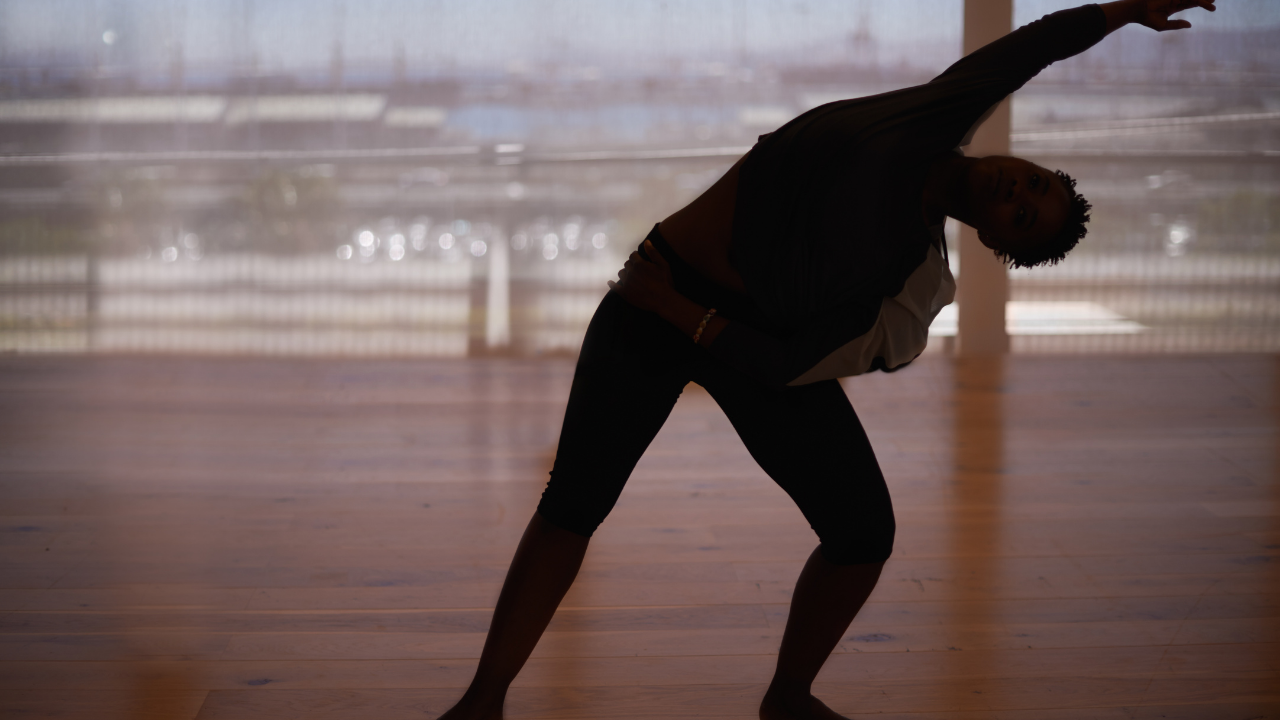Teach Your Special-Needs Child Independence

One of the most important tasks of parents is to teach their children to be independent adults. The reality is that some children with disabilities may never be able to live on their own. Others may be able to live with assistance, or still, others may learn to manage their obstacles to the point that they can be entirely independent. Regardless of what future seems likely for your child, you must prepare them to be as self-reliant as possible.
Do not do for him what he could do for himself.
As you go about your child’s daily care routine, ask yourself, is this something my son/daughter could do? Why am I doing it instead of teaching him how?
Give responsibilities.
What daily chores could your child manage? Can he hold a broom and push it around? Can she wipe the table with a cloth? Treat your child as though he or she is capable of doing the chores. They should have things to do around the house like everyone else.
Focus on basic life skills, and go from...
Creating Rhythm ….. A Gift of Love for your Child

Rhythm is a word often used in music, but in this blog, it means ‘a smooth flow of daily activities of a child.’ A daily rhythm can be understood as a natural impulse like breathing. And this daily rhythm, if followed from early childhood, can impact a child’s healthy development.
A daily rhythm should not be misunderstood as a routine.
Routine is a set of the scheduled number of activities to be done throughout the day; whereas rhythm is more flexible and it defines a smooth flow of activities during the day.
Creating a balanced rhythm for young children during the day is a tool to make parenting easier. It helps young children to have an understanding of time, which is an abstract concept for them. Rhythm also creates a sense of predictability and security in them.
A balanced rhythm follows the concept of ‘breathing in’ and ‘breathing out’. As breathing in and out happens naturally, uninterrupted and in a smooth, balanced flow...
Significance of Play and Development

Play is a physical or mental activity that is performed for leisure, pleasure or delight. While the play has no obvious objective, it is an important tool for physical, social, learning and intellectual development. All these lead to changes that allow children and adults to achieve their maximum potential.

The play has many characteristics that are crucial for brain development and learning. It offers opportunities for children and adults to encounter new experiences and refine already existing skills. It also encourages creativity in children and adults.

There are many different types of play.
- Gross Motor Play: This type of play involves whole-body movements and large muscles of the body to perform everyday functions such as standing, walking, running, jumping, swimming, throwing, dancing and so on. Gross motor play helps in improving balance, increased strength, and better postural control.
- Fine Motor Play: Fine motor play involves the use of the smaller muscles of the...

